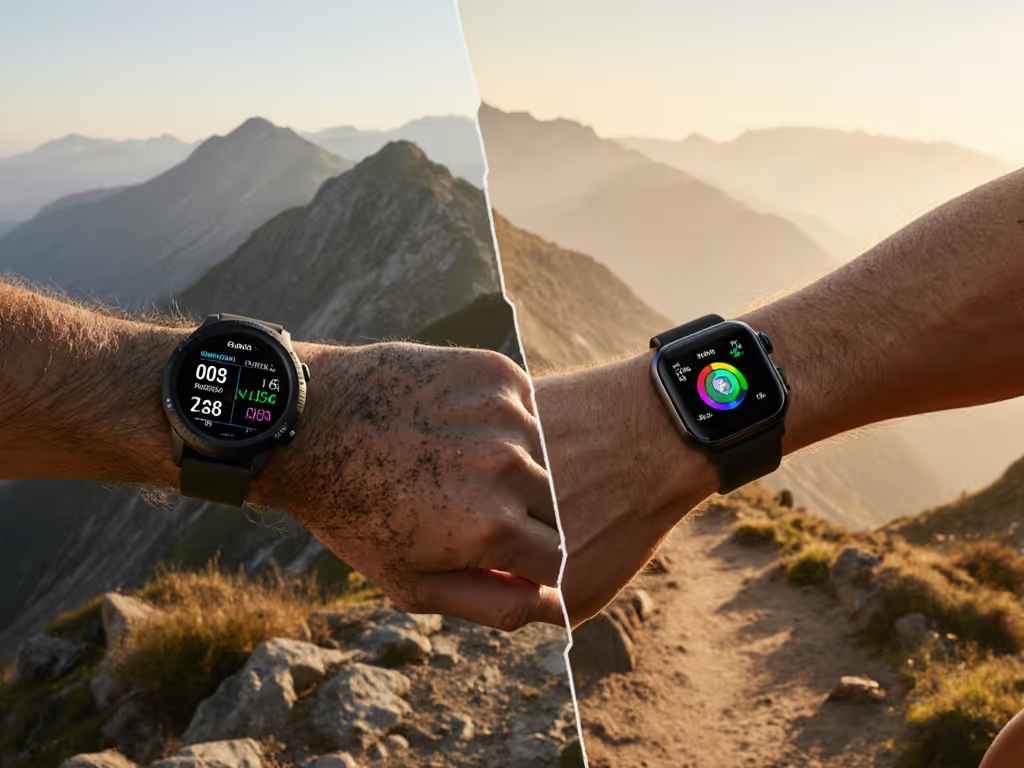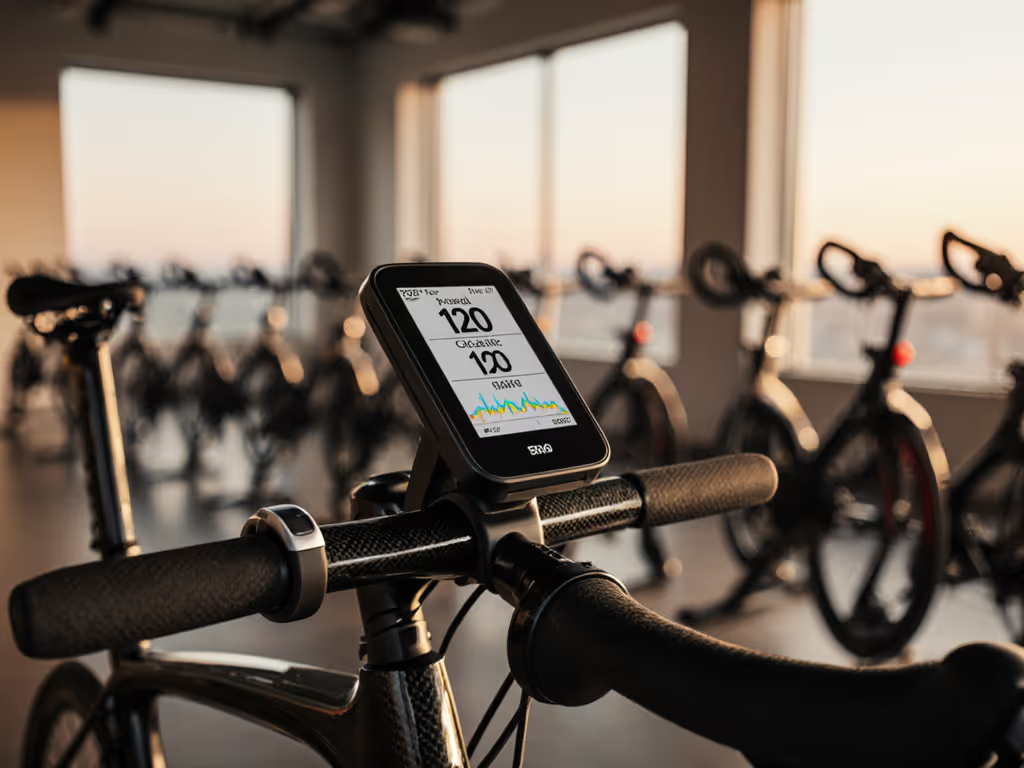
Premium Tracker Lifetime Value: Ring vs Wrist Test
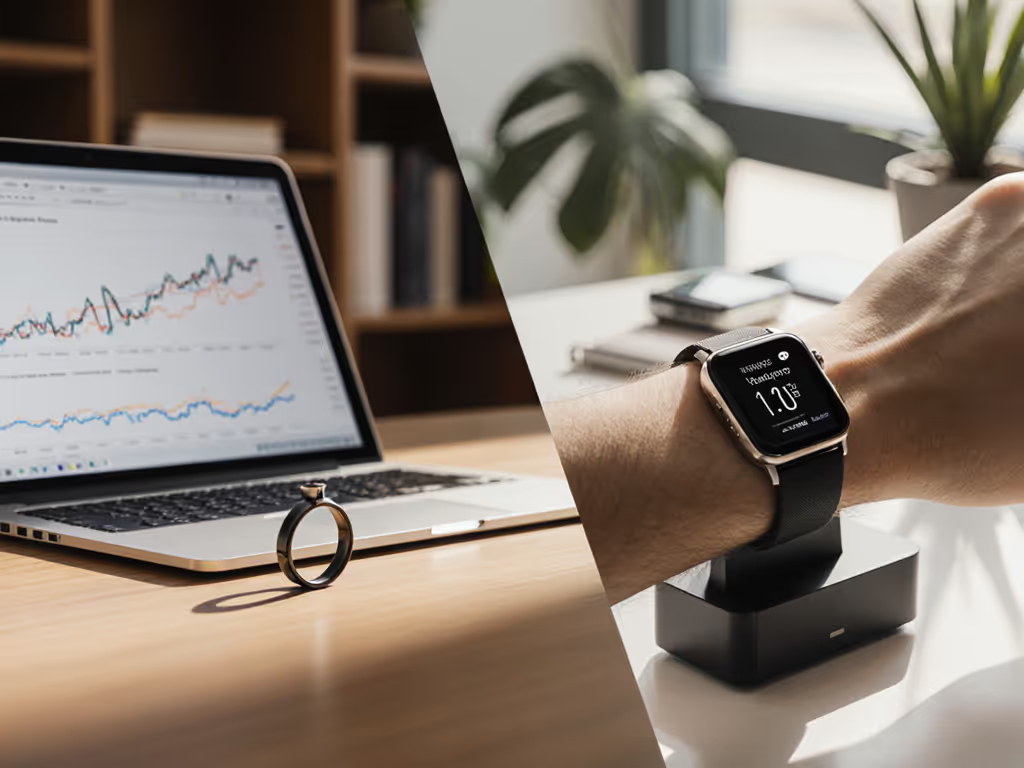
As someone who tracks where your data really goes, I've seen how quickly a shiny ring fitness tracker or high-end activity tracker turns from health companion to locked vault. When your device can't export sleep stages or hide costs behind subscriptions, you're not buying insights, you're renting decisions. Total cost matters, especially when your wristband chafes or your ring's step counter inflates numbers while typing at your desk. Let's dissect which premium tracker delivers true lifetime value beyond marketing fluff.
Why Your Tracker Choice Is a 5-year Financial Decision
Most reviews hype features you'll abandon in 3 months. But real cost includes:
- Upfront hardware price
- Subscription traps (e.g., $60/year for "advanced" metrics)
- Repair costs when straps crack or batteries degrade
- Data abandonment when companies sunset apps
- Hidden labor exporting years of biometrics
I once mapped every tracker's deletion paths after losing two years of sleep data to a policy change. If I can't leave with my data intact, I don't enter. For a deeper breakdown of what you actually pay for, see our budget vs premium comparison.
Physical Fit: Comfort Dictates Longevity
Q: Which wearable survives 24/7 wear across diverse bodies?
Wrist trackers face universal fit issues: silicone bands irritate sensitive skin, GPS cases snag wheelchair cuffs, and standard straps ignore wrists under 5.5" or over 8.5". Darker skin tones and tattoos worsen optical HR errors, and studies confirm 20 to 30% inaccuracy spikes during HIIT. The Apple Watch Series 9 (renewed) accommodates varied wrist sizes with Sport Loops, but its bulk can cause sleep distortion for side sleepers.
Rings sidestep these issues. The Oura Ring's titanium build fits finger sizes 6 to 13, stays cool during night sweats, and avoids skin irritation. Crucially, finger placement minimizes motion artifacts, so typing won't register as steps like wrist trackers. For wheelchair users, rings capture upper-body movement more accurately than wrist devices that miscount wheelchair pushes as steps.
![Apple Watch Series 9 [GPS, 45mm] (Renewed Premium)](/images/product/B0D21L4N3L.avif)
Apple Watch Series 9 [GPS, 45mm] (Renewed Premium)
Accuracy Reality Check: Where Specs Lie
Q: Do marketing claims match real-world accuracy for my body?
All trackers struggle with slow movements (gardening, pushing strollers) and strength training. But error patterns differ:
| Scenario | Wrist Tracker Error | Ring Tracker Error |
|---|---|---|
| Normal walking | 3-7% | 4-6% |
| Desk typing | 15-25% (false steps) | <2% |
| Night shift sleep | Misreads REM/Deep stages | 8-10% variance |
| Darker skin HR | 20-30% drift | 5-10% drift |
Wrist-based GPS (e.g., Garmin Venu 3S) wins for outdoor runners, but rings like Oura capture all-day activity more reliably (no ankle-strap requirement). Crucially, rings avoid the 40% error rate wrist devices hit at slow speeds (per NIH studies). For parents counting steps while carrying toddlers, rings undercount less than wrist trackers registering arm swings as steps.
Data Ownership: The Exit Plan Test
Q: Can you truly own your data if you quit?
Here's where premium tracker value collapses for wrist devices:
- Apple Watch: Exports to Apple Health via HealthKit, but complex sleep stages (REM/Core) require manual CSV downloads. No bulk export for multi-year data.
- Garmin: CSV exports miss nuanced metrics like HRV trends. Subscription walls hide advanced analytics.
- Oura Ring: Full lifetime data export via JSON, but only to paying subscribers. Quit the $60/year plan? Your 2-year sleep history vanishes from the app.
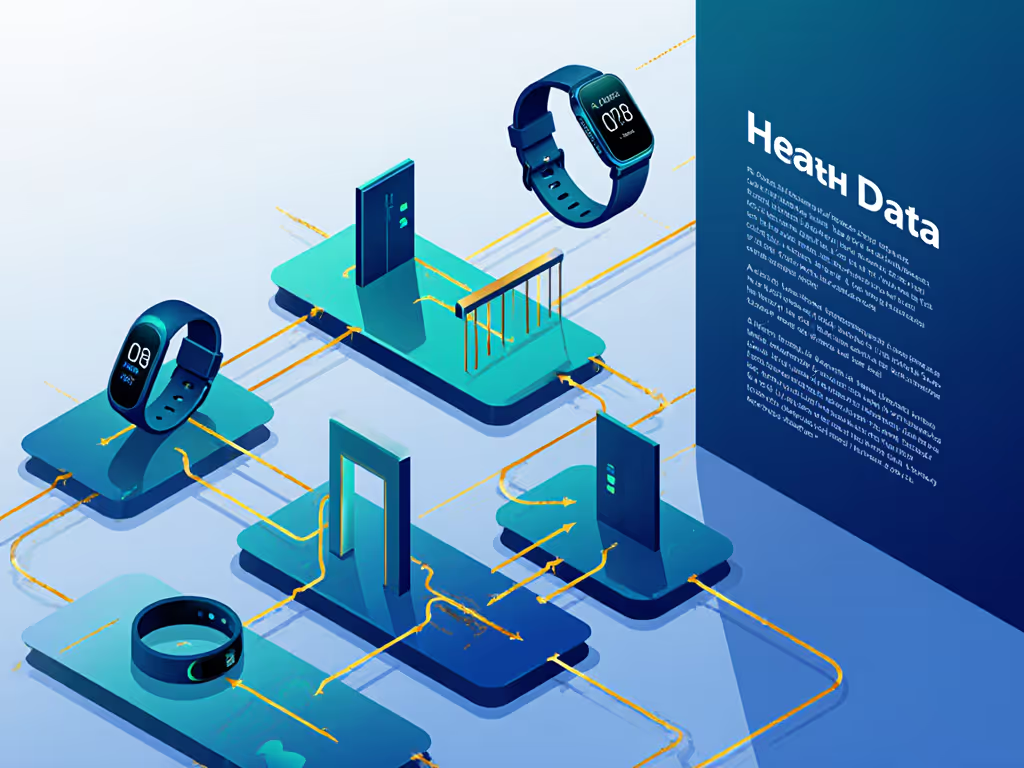
Compare this to WHOOP's sticky ecosystem: their Battery Pack 4.0 keeps you charging seamlessly, but data exports are deliberately fragmented. Want raw HRV? You'll stitch together CSVs from 3 separate portals. True portability demands ledger-style scrutiny before you buy.
Lifetime Cost Breakdown: Beyond the Price Tag
Q: What's the real 3-year cost for your usage?
Most buyers ignore hidden expenses until device failure. Let's calculate:
| Cost Factor | Apple Watch Series 9 | Oura Ring Gen 4 |
|---|---|---|
| Upfront (renewed) | $290 | $599 |
| Required Subscription | $0 (OS updates free) | $60/year |
| Battery Replacement (Year 3) | $79 | $99 |
| Data Export Labor | 2 hours (manual CSV) | 4 hours (JSON wrangling) |
| 3-Year Total | $447 | $875 |
Wrist trackers win on upfront cost, but ring subscriptions compound fast. Worse: Apple's sealed batteries degrade to 80% capacity by Year 2 (per iFixit tear-downs), while Oura's modular design lets you replace just the battery pod. For shift workers needing sleep tracking, rings justify cost through reliability, but only if you budget the subscription.
Own your data, or someone else owns your decisions.
Privacy by Default: Who Controls Your Biometrics?
Q: Will your health data be sold or subpoenaed?
Wrist trackers (Apple, Garmin) tout "on-device processing," but cloud syncs leak location during GPS activities. Dark-pattern privacy settings bury granular controls, and Apple's Cycle Tracking data shares anonymously with researchers unless you hunt through 7 menus to opt out.
Rings face sharper risks: Oura's 2023 policy update lets them monetize anonymized trends, and their data retention defaults keep biometrics for 10 years. The silver lining? Rings generate less data volume (no GPS logs), reducing exposure. Always demand:
- 30-day data auto-delete options
- Local storage toggles
- Clear vendor data sale clauses
If a tracker won't let you export all data in machine-readable format (not just PDFs), it fails the exit-plan checklist. Period.
Final Verdict: When Rings Win, When Wrist Tracks
Choose a ring fitness tracker if you...
- Prioritize sleep/continuous HR accuracy across skin tones
- Type frequently or need all-day step reliability
- Budget for subscriptions ($60/year minimum)
- Demand titanium durability over screen features
Choose high-end activity trackers (wrist) if you...
- Run/cycle with GPS-dependent training
- Need notifications without phone access
- Prefer $0 subscription models (e.g., Apple Watch base OS)
- Have small wrists where rings feel loose
The Uncompromising Recommendation
For evidence-seeking realists, Oura Ring Gen 4 dominates lifetime value only if you commit to the subscription. Its finger-sensor accuracy on diverse bodies, modular repairability, and JSON data exports deliver ledger-clear ownership. But for urban runners needing GPS or budget-conscious buyers, the renewed Apple Watch Series 9 offers better smart watch functionality at half the long-term cost, with crucial caveats: export data quarterly, and avoid cellular models with mandatory subscriptions.
Total cost matters most when your health data is on the line. I've watched too many users abandon devices after subscriptions spiked or export paths vanished. Before buying any advanced health tracking device, run this exit-plan checklist:
- Can I export all data in raw format? (Not just summaries)
- How much does repair cost at Year 3?
- What happens if the company downsizes features?
If they can't answer plainly, walk away. Your decisions deserve better than rented insights.
Related Articles

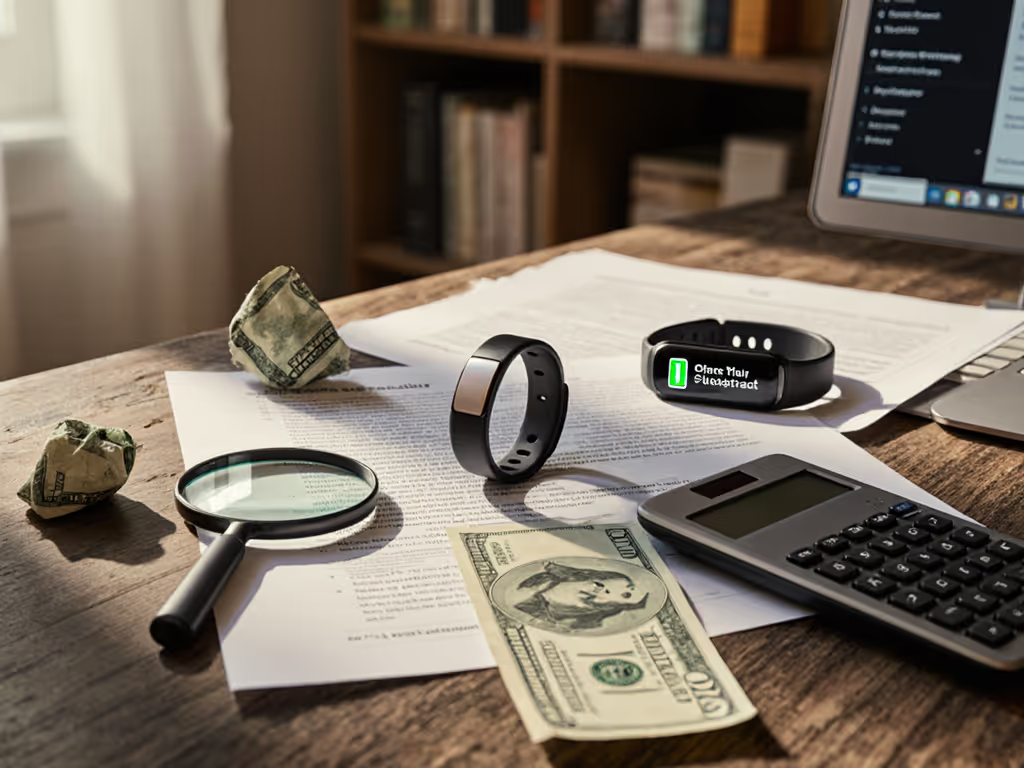
Budget Ring Fitness Trackers Without Hidden Fees
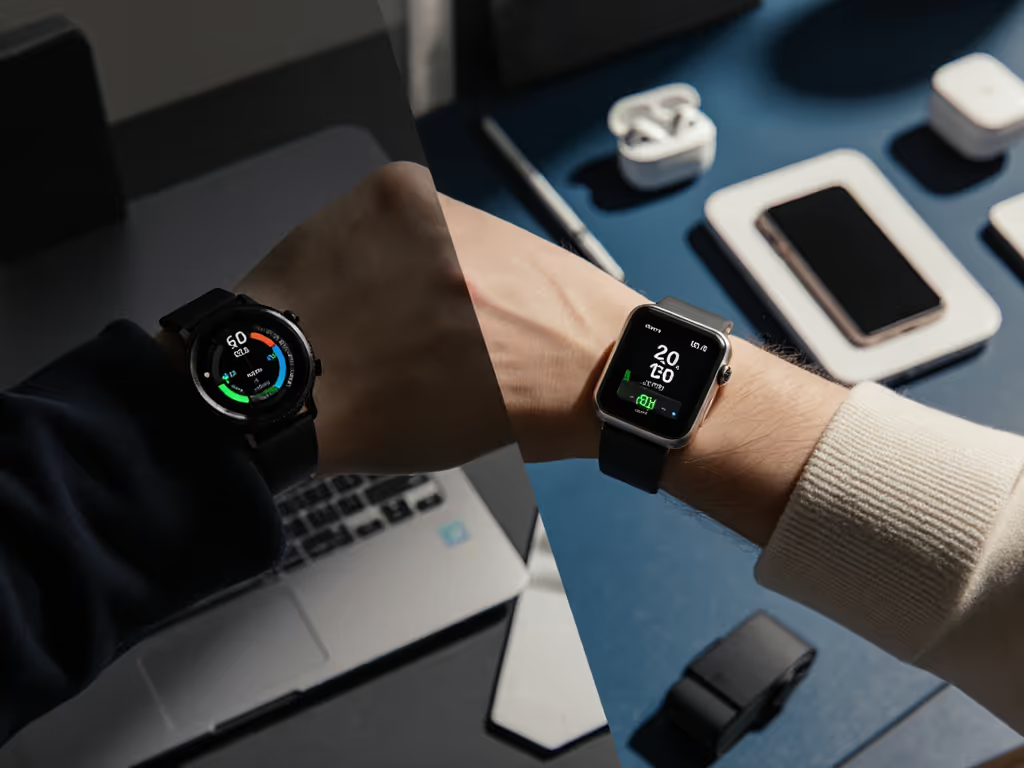
Samsung vs Apple Watch: Find Your Ecosystem Match
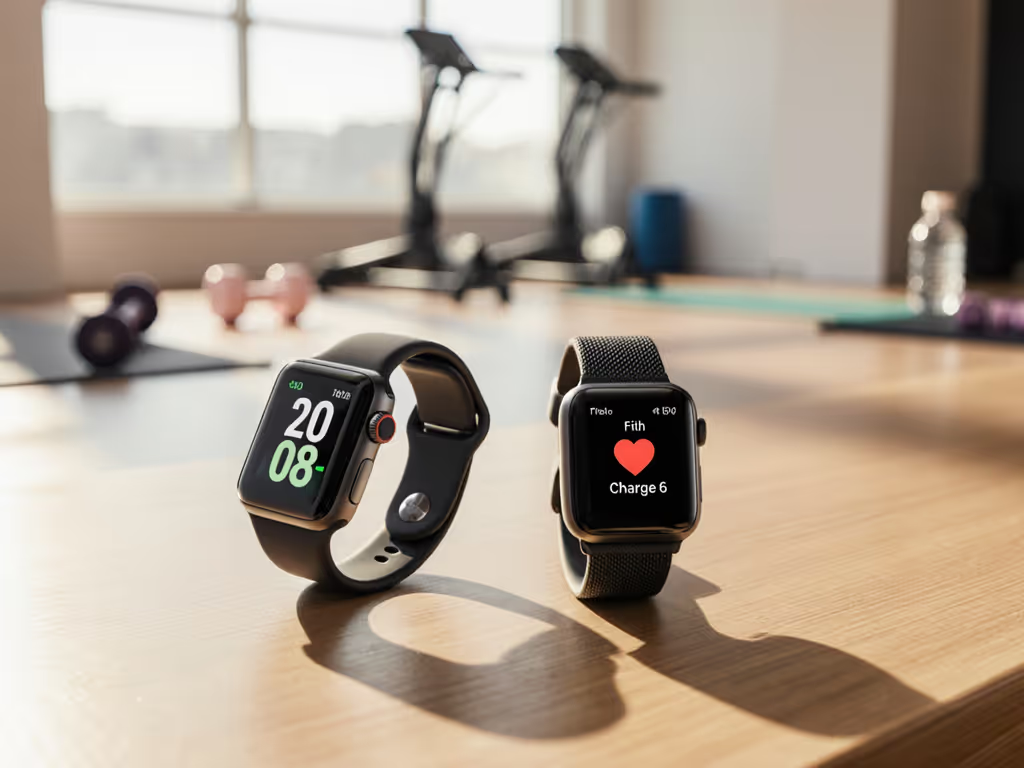
Apple Watch 9 vs Fitbit Charge 6: Comfort-Driven Accuracy Test
